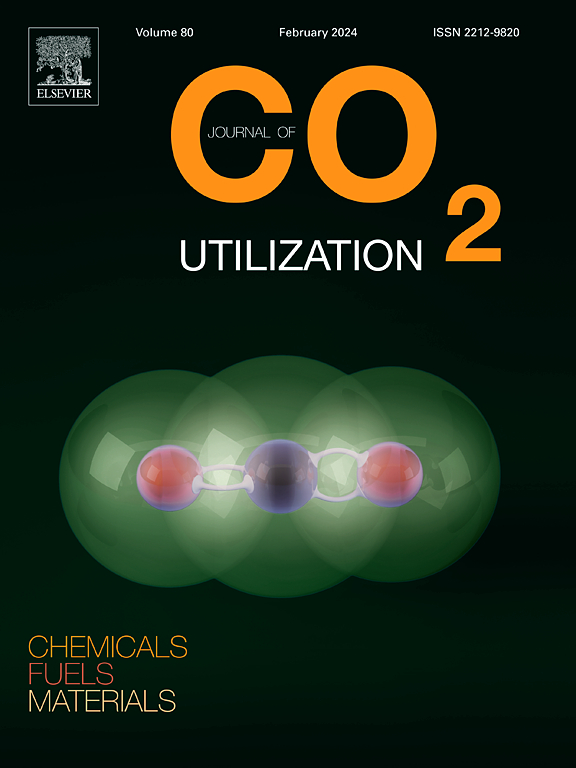Environmental, economic and social trade-offs of membrane-based direct air capture technologies integrated with CO2 conversion using life cycle assessment
IF 7.2
2区 工程技术
Q1 CHEMISTRY, MULTIDISCIPLINARY
引用次数: 0
Abstract
Technological solutions to address climate change are coalescing around renewable energy deployment. Yet, the deployment of renewables alone may not be sufficient to restrict temperature increases in line with Paris Agreement targets. The emergence of carbon negative technologies to bridge this shortfall is needed and expected to overcome this gap. Among these technologies, direct air capture (DAC) is being deployed at multiple scales using various approaches. This study investigates membrane-based DAC integrated with subsequent carbon dioxide to carbon fuel conversion, i.e., DAC with utilization (DAC-U). The DAC-U evaluation is undertaken holistically, beginning with a cradle-to-grave life cycle assessment, followed by economic feasibility scenario analysis and social acceptability analysis to establish acceptable deployment pricing and necessary policy interventions. This study reveals that, although the DAC-U represents a carbon negative capable technology with positive lifestyle and environmental outcomes, high capital costs present a significant barrier to deployment. To overcome this barrier, a robust policy regime including subsidies or fuel credits may be necessary. Further technological innovation and efficiency gains will also close this gap, meaning that the membrane-based DAC-U concept may play a role in achieving carbon neutrality goals in the near future.
基于膜的直接空气捕获技术与使用生命周期评估的二氧化碳转换相结合的环境、经济和社会权衡
应对气候变化的技术解决方案正在围绕可再生能源的部署进行整合。然而,仅靠部署可再生能源可能不足以按照《巴黎协定》的目标限制气温上升。需要出现负碳技术来弥补这一不足,并有望克服这一差距。在这些技术中,直接空气捕获(DAC)正在使用各种方法在多个规模上进行部署。本研究研究了基于膜的DAC与随后的二氧化碳到碳燃料转换的集成,即DAC与利用率(DAC- u)。DAC-U评估是整体进行的,从摇篮到坟墓的生命周期评估开始,然后是经济可行性情景分析和社会可接受性分析,以建立可接受的部署定价和必要的政策干预措施。这项研究表明,尽管DAC-U代表了一种碳负的技术,具有积极的生活方式和环境结果,但高昂的资本成本是部署的重大障碍。为了克服这一障碍,可能需要一个强有力的政策制度,包括补贴或燃料信贷。进一步的技术创新和效率提高也将缩小这一差距,这意味着基于膜的DAC-U概念可能在不久的将来在实现碳中和目标方面发挥作用。
本文章由计算机程序翻译,如有差异,请以英文原文为准。
求助全文
约1分钟内获得全文
求助全文
来源期刊

Journal of CO2 Utilization
CHEMISTRY, MULTIDISCIPLINARY-ENGINEERING, CHEMICAL
CiteScore
13.90
自引率
10.40%
发文量
406
审稿时长
2.8 months
期刊介绍:
The Journal of CO2 Utilization offers a single, multi-disciplinary, scholarly platform for the exchange of novel research in the field of CO2 re-use for scientists and engineers in chemicals, fuels and materials.
The emphasis is on the dissemination of leading-edge research from basic science to the development of new processes, technologies and applications.
The Journal of CO2 Utilization publishes original peer-reviewed research papers, reviews, and short communications, including experimental and theoretical work, and analytical models and simulations.
 求助内容:
求助内容: 应助结果提醒方式:
应助结果提醒方式:


